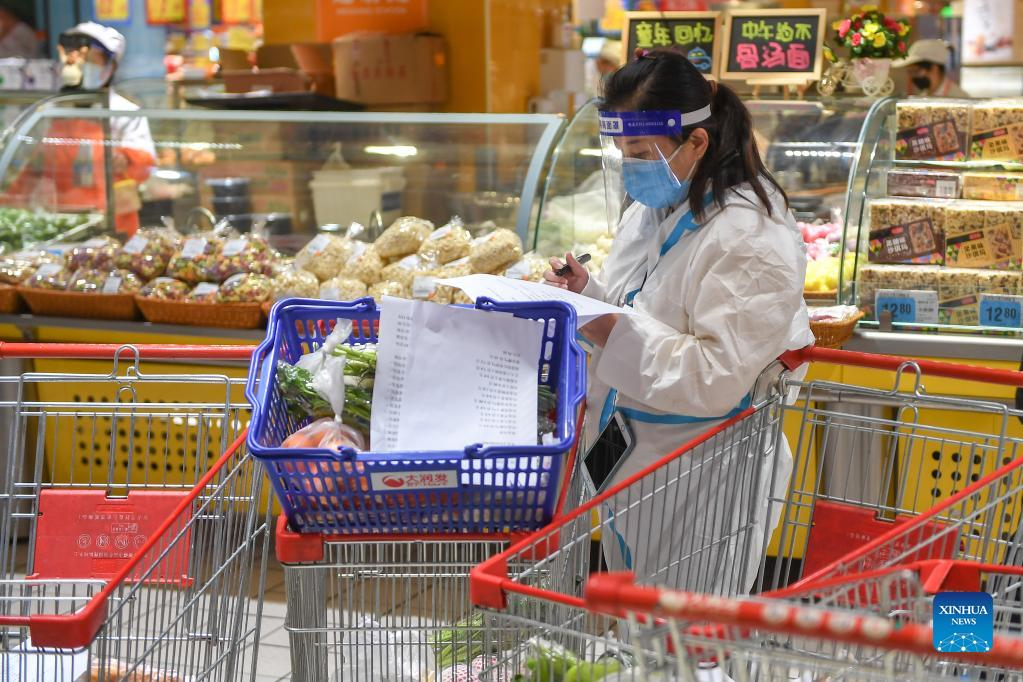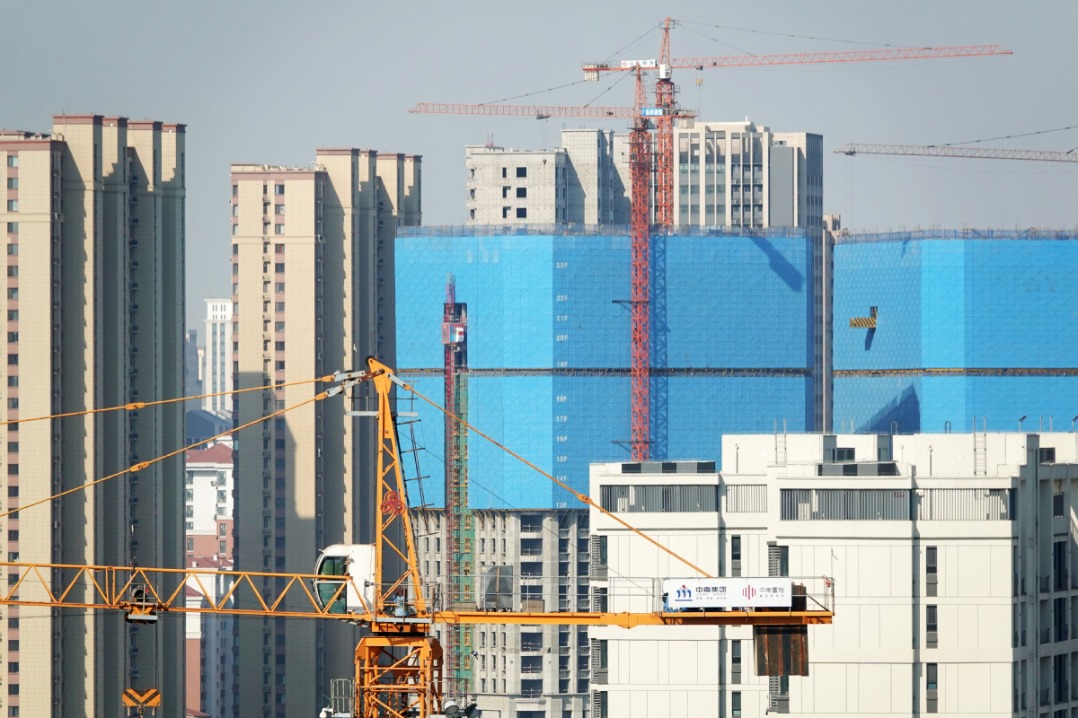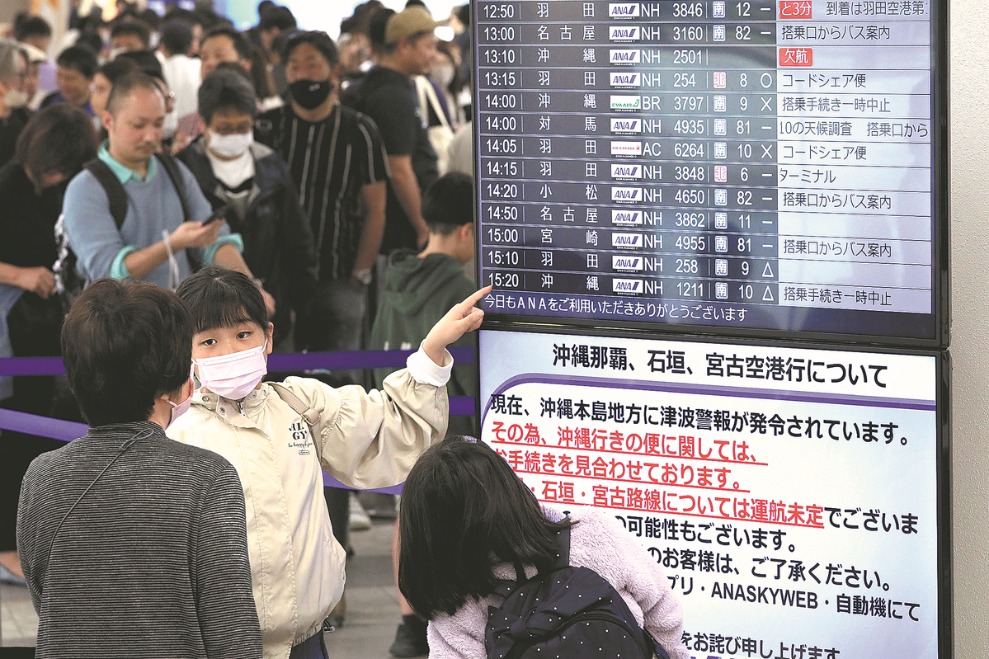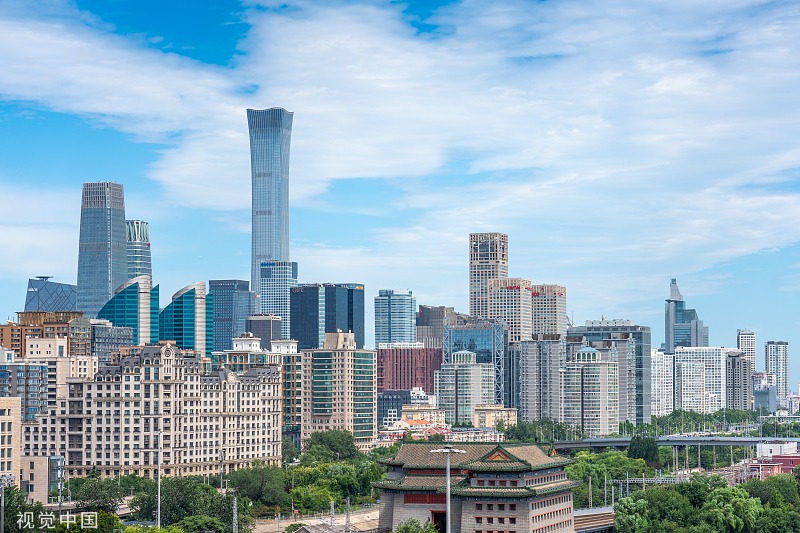Boosting food security amid crises
By Fan Shenggen, Meng Ting and Wang Jingjing | China Daily | Updated: 2022-03-31 08:06

The global food system faces significant risks and threats that could disrupt the food supply chains, and cause massive economic loss to food producers and consumers, and other players in the food sector.
The interrelated nature of the food system has made the risks even more complex. Each risk, or threat, can seriously disrupt the system, while a combination of these risks can threaten global food security and nutrition.
The Ukraine-Russia conflict, the continuing COVID-19 pandemic, climate change including extreme weather events, natural disasters, and frictions and speculation in food trade have pushed up global food prices to record highs.
For example, in February, the UN Food and Agriculture Organization's food price index was 140.7 points (taking 2014-16 as the base), up 3.9 percent from January and 20.7 percent from the same period in 2021. In particular, the global grain price index increased by 14.8 percent over the same period last year.
Direct and indirect impact on China's food security
These developments have added to the already high pressure on countries to safeguard food security, including China, and made poor people in food-importing countries and regions all the more vulnerable.
However, the export restrictions announced by Russia and Ukraine are likely to have limited impact on China's food security, not least because China is almost self-sufficient in wheat and corn. While Ukraine has banned the export of wheat, oats and other staples, Russia has decided to impose a temporary ban on the export of grains to Eurasian Economic Union countries until June 30.
Also, the proportion of China's total wheat imports is low, as they accounted for only 7 percent of the total supply in 2021. Moreover, wheat imports from Russia and Ukraine comprised less than 1 percent of the total, and imported wheat is used only to supplement high-quality domestic varieties.
When it comes to corn, China's self-sufficiency rate exceeds 95 percent. And although corn imports from Ukraine increased by 30 percent in 2021 owing to the China-US trade war, the delivery of the consignment has been basically completed.
The indirect impact of the export restrictions of Russia and Ukraine on China could be induced food supply shocks and price hikes, particularly because Russia and Ukraine together account for 30 percent of the world's wheat exports, nearly 20 percent of corn exports and 80 percent of sunflower seed and oil exports.
Moreover, since Russia is a major fertilizer producer (accounting for 14 percent of the global urea market and 21 percent of the potash market), its export restrictions have led to rising fertilizer prices, which in turn is pushing up farming costs and food prices.
The Ukraine crisis has also caused a surge in oil and gas prices which, by default, has raised the demand for bioenergy and thus increased use of corn-as well as canola, soybean, wheat and other plant-based products-to make biofuels. As a result, the costs of agricultural inputs, food production and transportation have increased, fueling further price rise. In short, shortage of food supply and fertilizers, and rising energy prices have triggered a surge in global food prices, affecting the food market and increasing food prices in China.
Strategies to boost food security
In the short term, China needs to timely allocate food stocks, take measures to assure the public that it would overcome the direct and indirect impacts of the fast-changing global situation, including rising food and energy prices. The authorities should also pay special attention to vulnerable groups such as smallholder farmers and low-income households and take steps to ensure their livelihoods are not affected by the shortage of agricultural inputs and rising food prices.
In the long run, however, it is important to shift toward more sustainable and resilient food systems to cope with sudden and continuous food price hikes, and neutralize their effects on global food security.
It is critical therefore for China to take all the necessary measures to better safeguard food security, mitigate the multiple risks posed by climate change, pandemics and trade conflicts. It should also increase investments in farmland and livestock infrastructure, advance agricultural technology research, deal with climate shocks, strengthen agri-food risk management platforms, and provide financial help such as agricultural credit, disaster insurance, and other kinds of support for farmers.
Besides, China needs to optimize the structure of the domestic supply and key grain and food product imports, by strengthening its partnership with major food-producing countries, particularly with those involved in the Belt and Road Initiative, and diversifying import sources.
Food markets across countries are linked through production, transportation and/or trade. There is a need therefore for China and the rest of the international community to work together to ease the global food crisis and improve the stability of the global food market, so as to safeguard food security and nutrition.
The authors are with the Academy of Global Food Economics and Policy, College of Economics and Management, China Agricultural University.
The views don't necessarily reflect those of China Daily.
If you have a specific expertise, or would like to share your thought about our stories, then send us your writings at opinion@chinadaily.com.cn, and comment@chinadaily.com.cn.
























